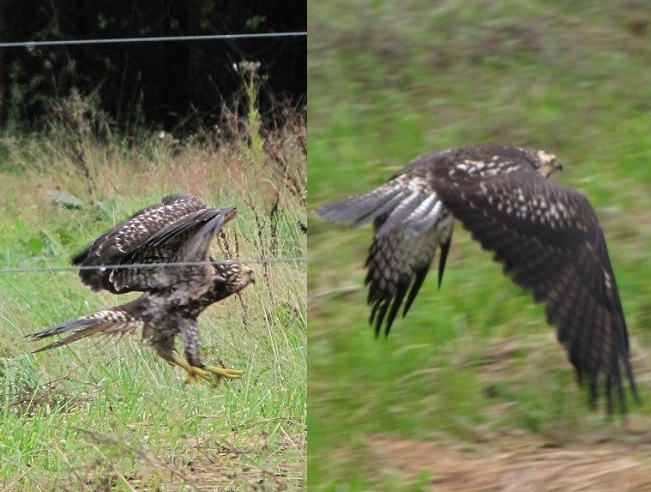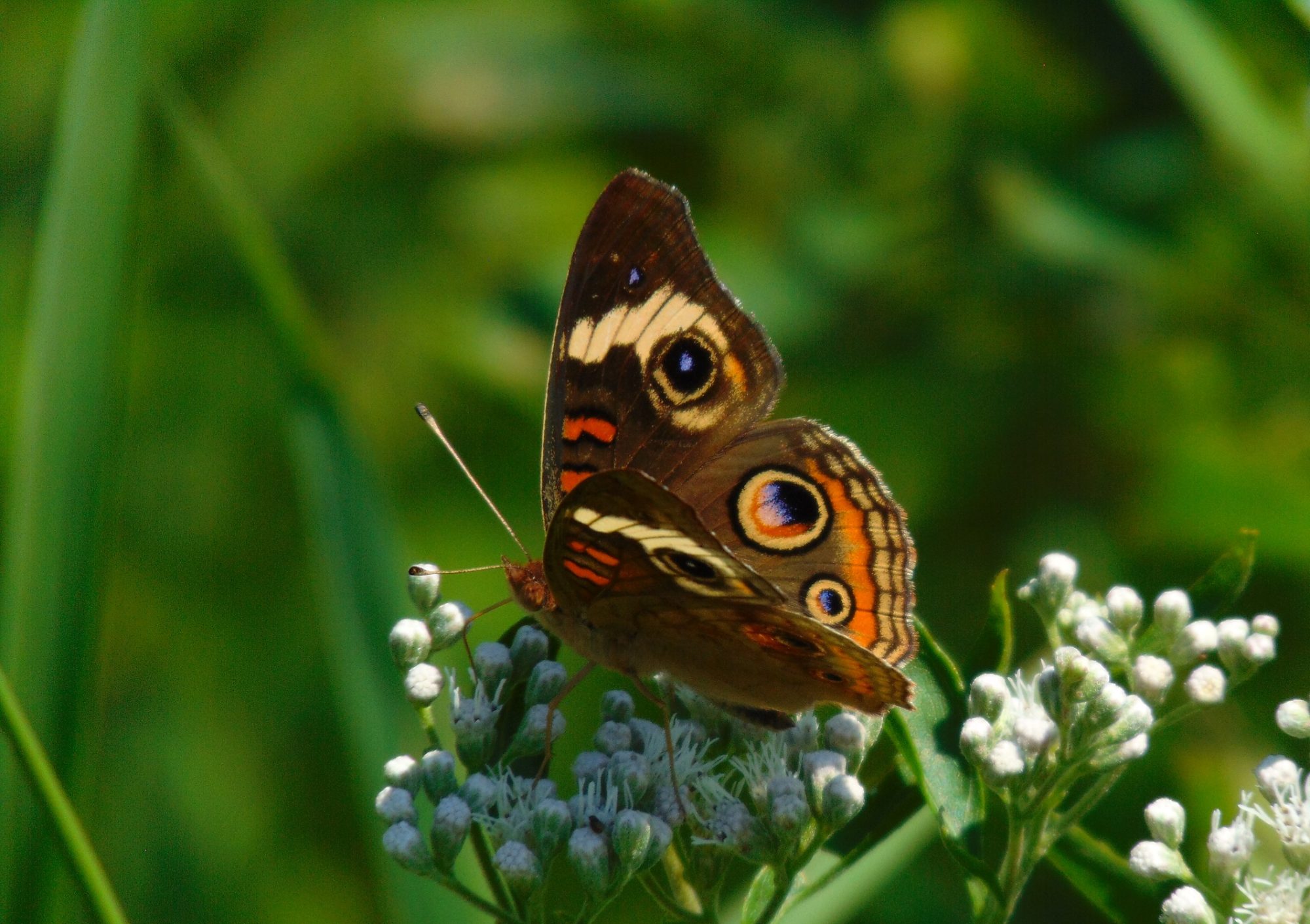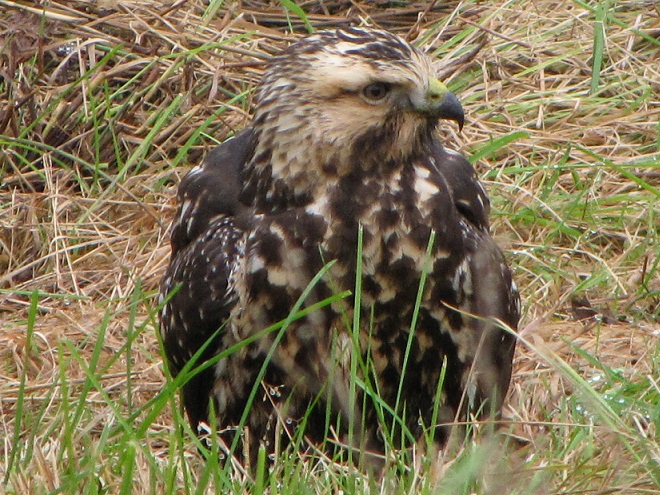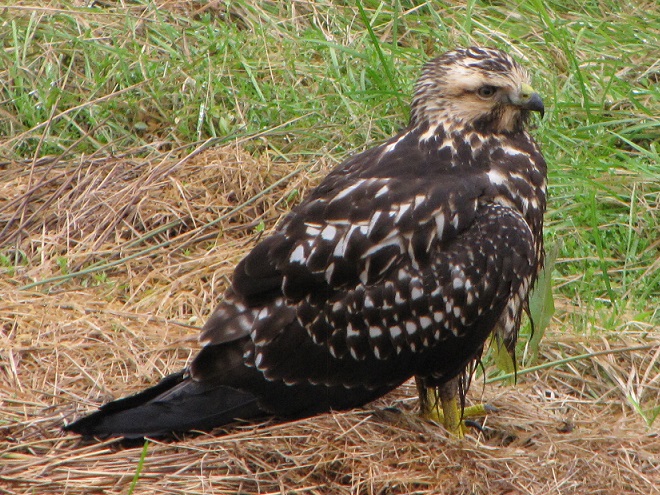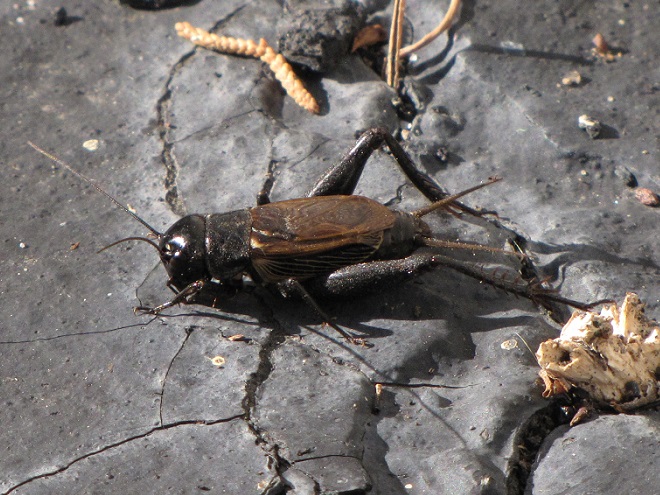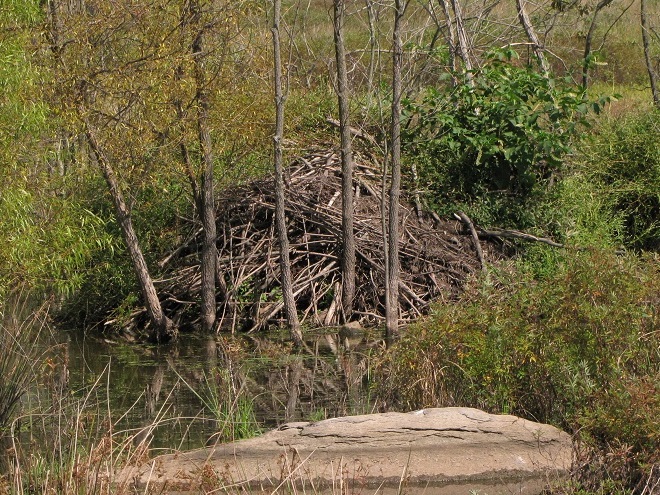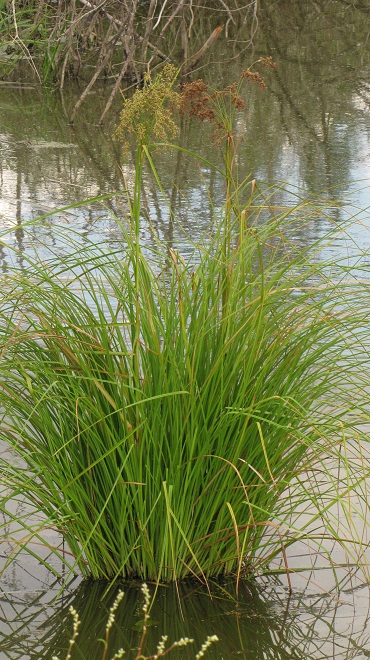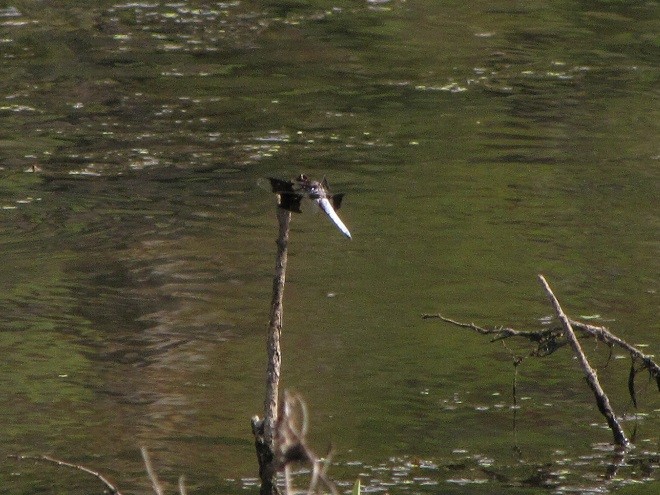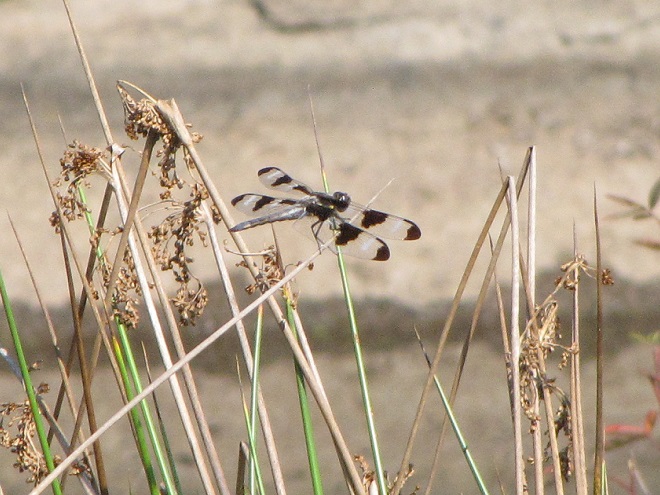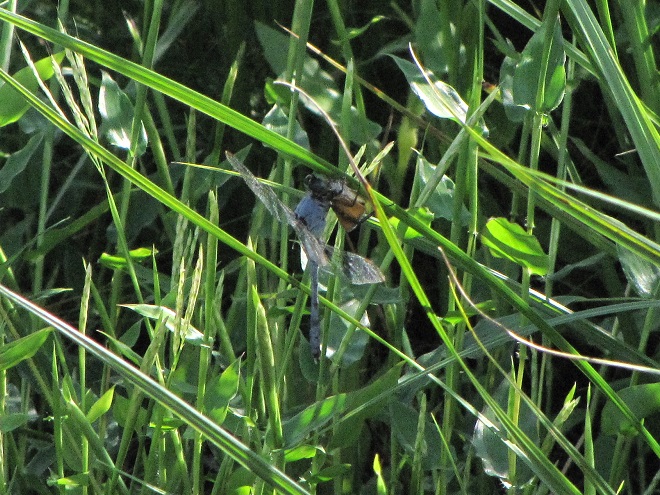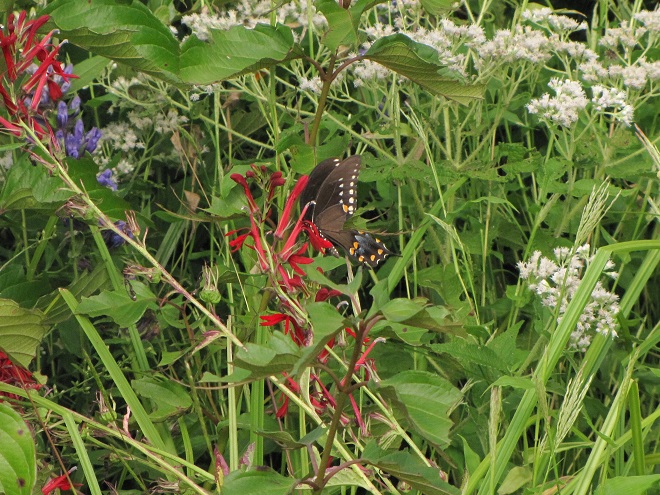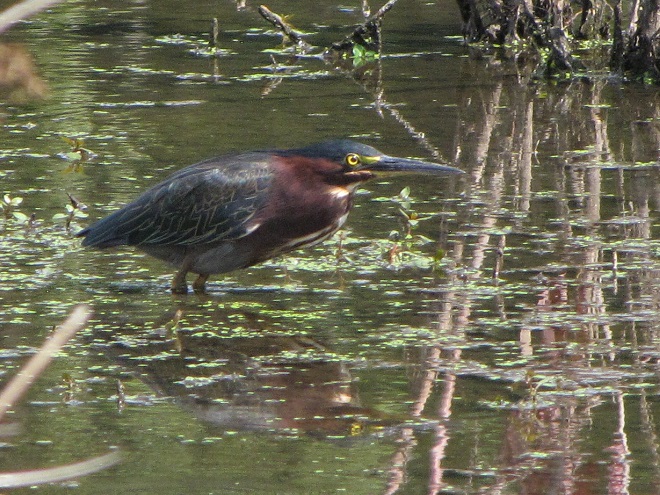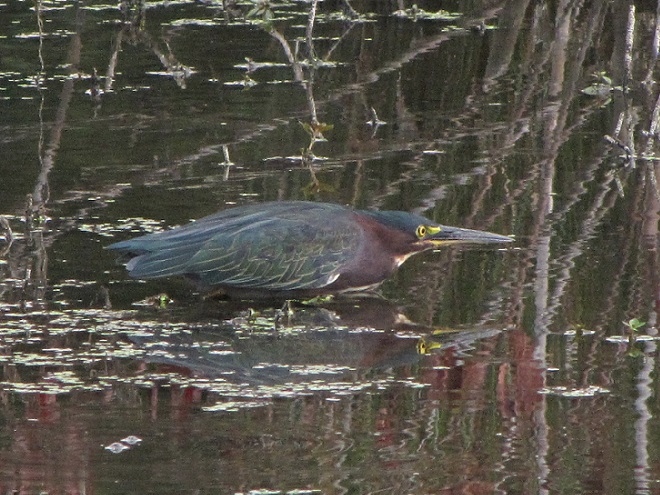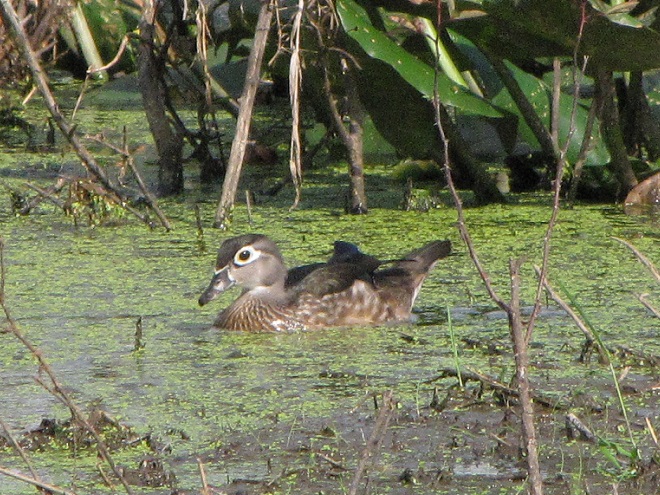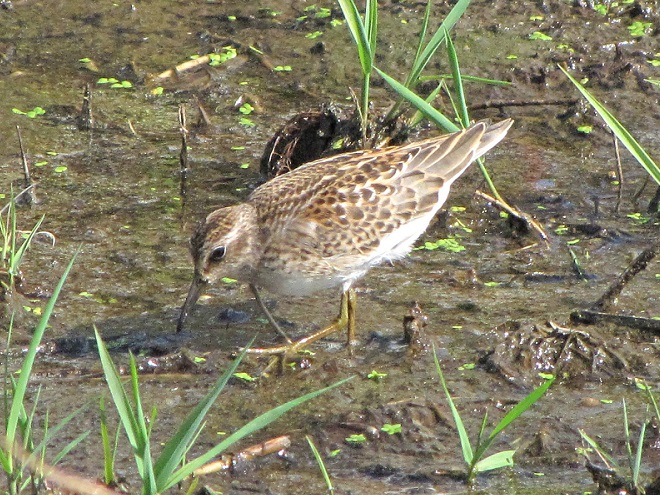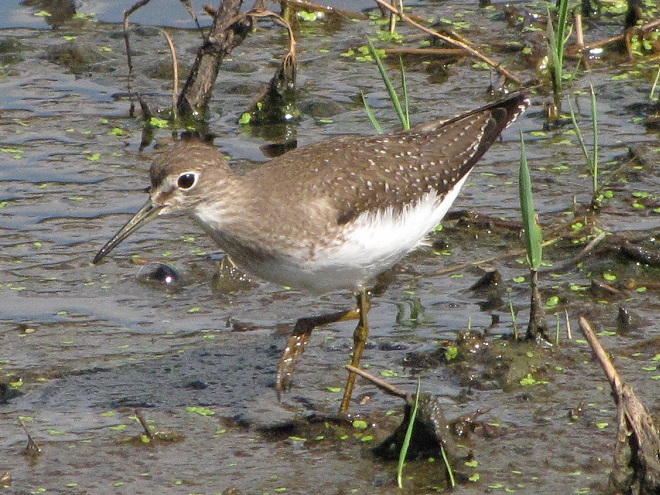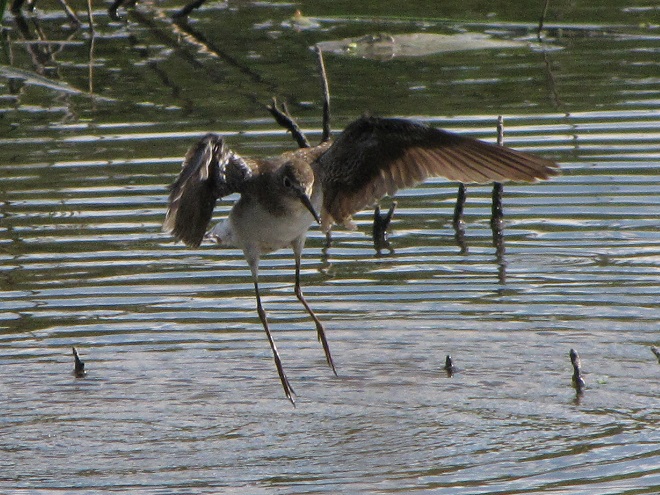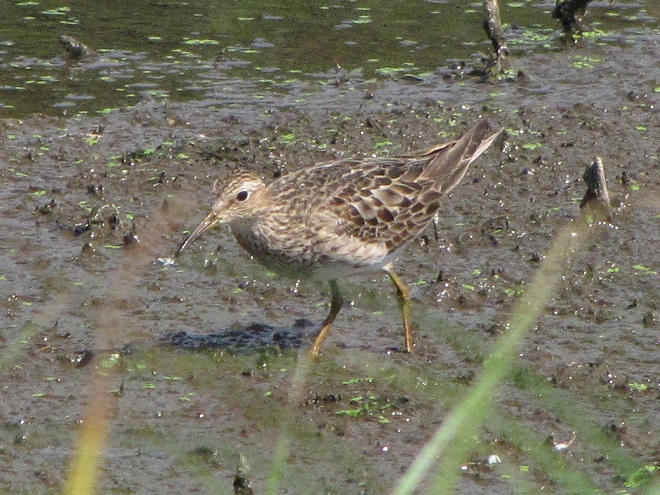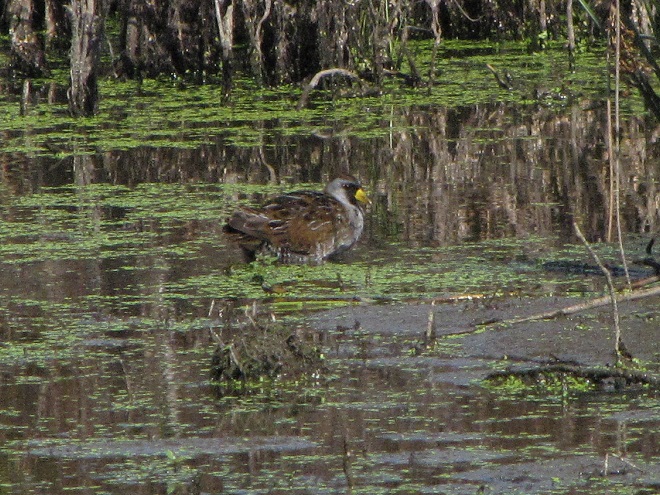Tropical Storm Ophelia has put the brakes on a bustling southbound exodus of the season’s final waves of Neotropical migrants. Winds from easterly directions have now beset the Mid-Atlantic States with gloomy skies, chilly temperatures, and periods of rain for an entire week. These conditions, which are less than favorable for undertaking flights of any significant distance, have compelled many birds to remain in place—grounded to conserve energy.
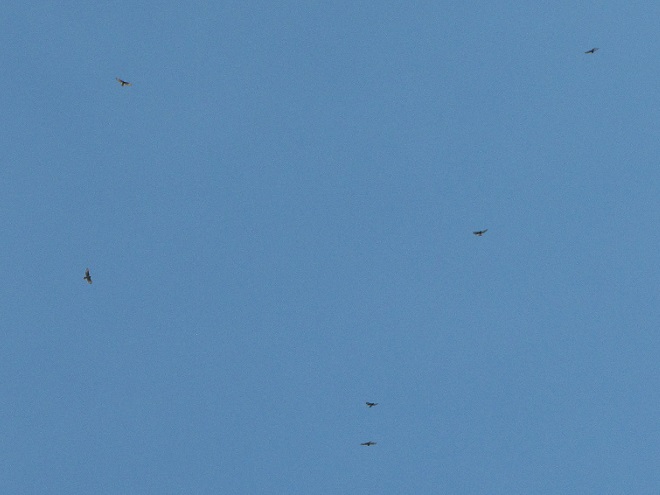
Of the birds on layover, perhaps the most interesting find has been a western raptor that occurs only on rare occasions among the groups of Broad-winged Hawks seen at hawk watches each fall—a Swainson’s Hawk. Discovered as Tropical Storm Ophelia approached on September 21st, this juvenile bird has found refuge in coal country on a small farm in a picturesque valley between converging ridges in southern Northumberland County, Pennsylvania. Swainson’s Hawks are a gregarious species, often spending time outside of the nesting season in the company of others of their kind. Like Broad-winged Hawks, they frequently assemble into large groups while migrating.
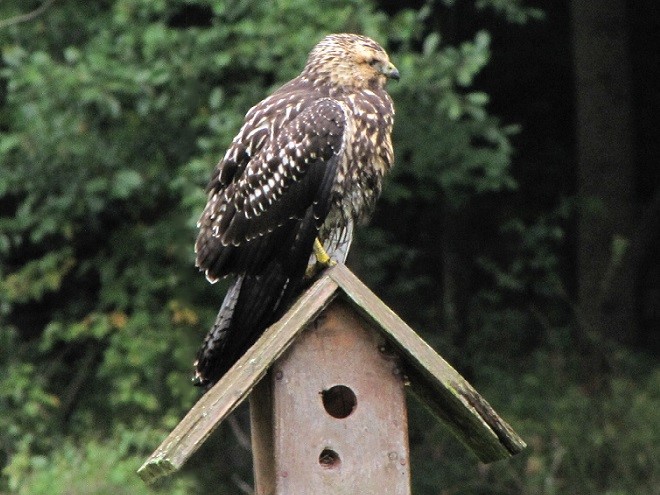
Swainson’s Hawks nest in the grasslands, prairies, and deserts of western North America. Their autumn migration to wintering grounds in Argentina covers a distance of up to 6,000 miles. Among raptors, such mileage is outdone only by the Tundra Peregrine Falcon.
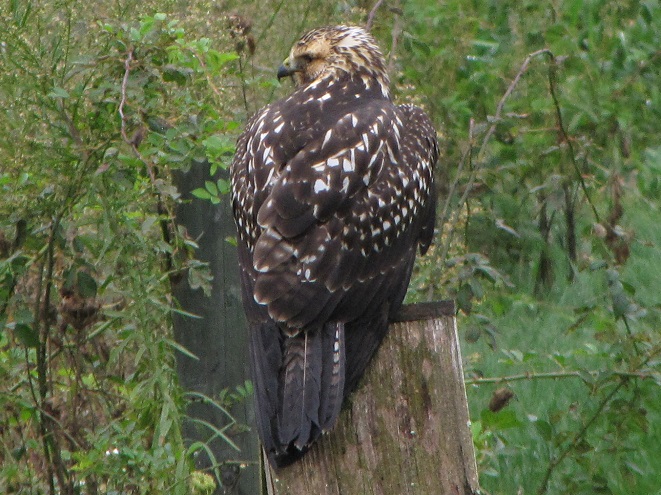
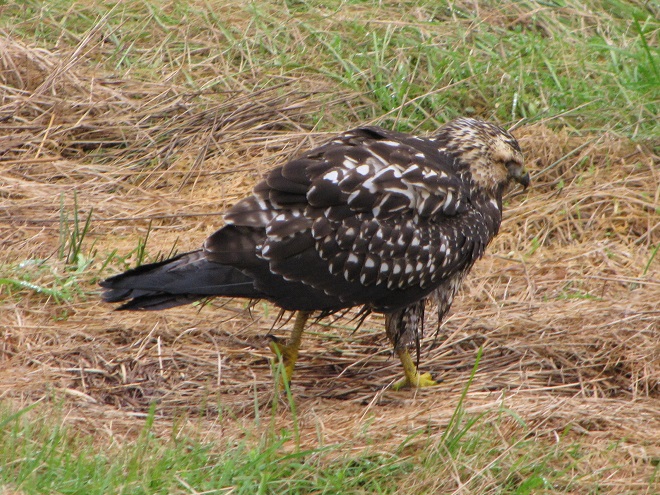
During the nesting cycle, Swainson’s Hawks consume primarily small vertebrates, mostly mice and other small rodents. But during the remainder of the year, they feed almost exclusively on grasshoppers. To provide enough energy to fuel their migrations, they must find and devour these insects by the hundreds. Not surprisingly, the Swainson’s Hawk is sometimes known as the Grasshopper Hawk or Locust Hawk, particularly in the areas of South America where they are common.
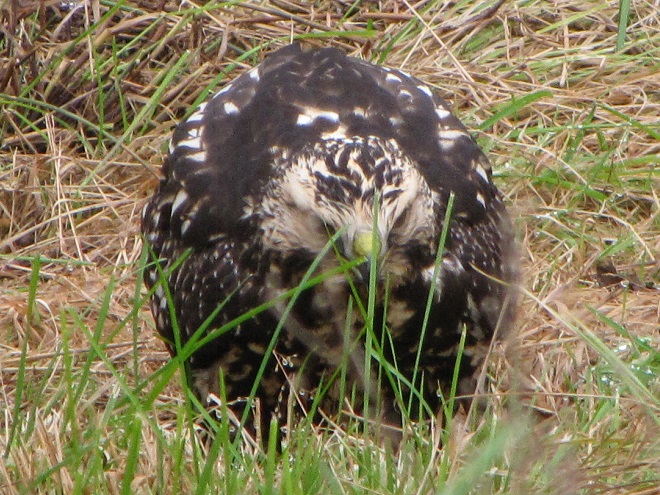
So just how far will our wayward Swainson’s Hawk have to travel to get back on track? Small numbers of Swainson’s Hawks pass the winter in southern Florida each year and still others are found in and near the scrublands of the Lower Rio Grande Valley in Texas and Mexico. But the vast majority of these birds make the trip all the way to the southern half of South America and the farmlands and savannas of Argentina—where our winter is their summer. The best bet for this bird would be to get hooked up with some of the season’s last Broad-winged Hawks when they start flying in coming days, then join them as they head toward Houston, Texas, to make the southward turn down the coast of the Gulf of Mexico into Central America and Amazonia. Then again, it may need to find its own way to warmer climes. Upon reaching at least the Gulf Coastal Plain, our visitor stands a much better chance of surviving the winter.
